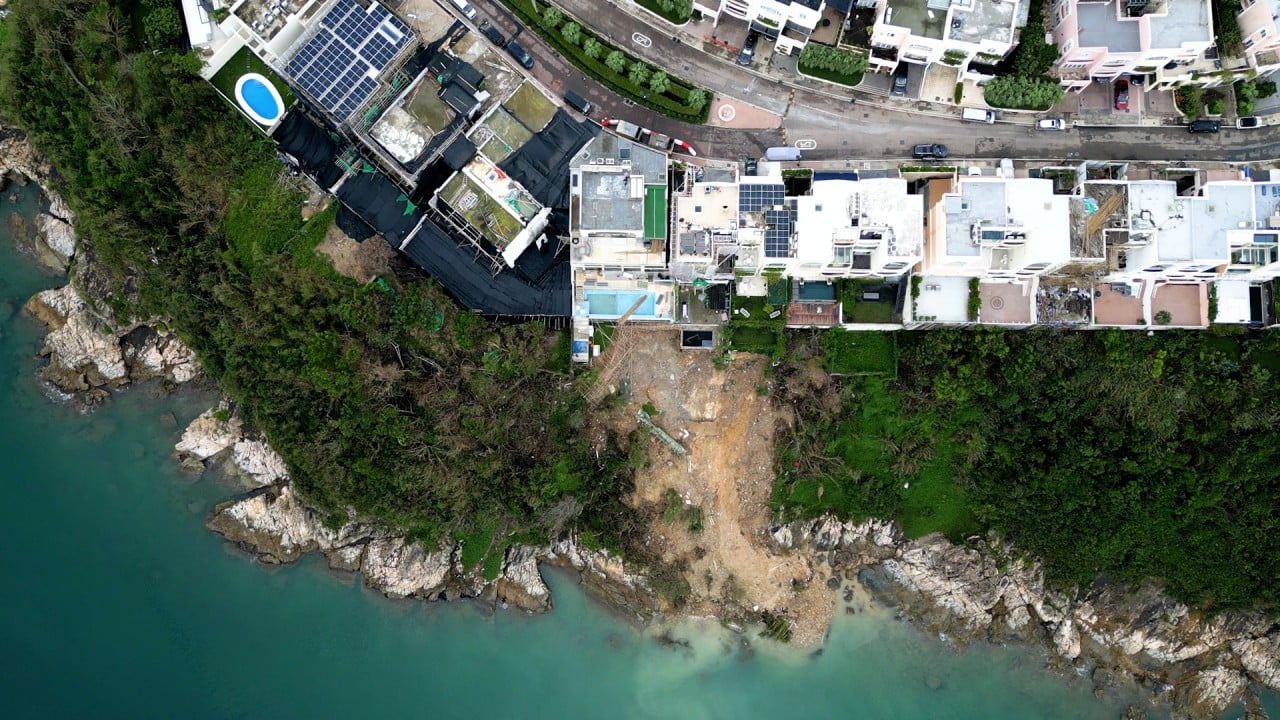
03:02
Landslide reveals illegal basements under luxury Hong Kong homes
Hong Kong should punish all parties involved in illegal building works for starters
- A lackadaisical attitude and lax enforcement are partly to blame for the massive problem today
- But where public safety is at stake, the government must fulfil its pledge of a crackdown and hold all parties – not just the property owner – responsible
The building concerned had been served with a statutory inspection order in 2014 but, nine years later, this had yet to result in any remedial works.
However informally, detailed plans must have been drawn up by a qualified professional and then implemented by an experienced contractor. One gets the feeling that such people have, up to now, largely been let off the hook. It is good that Linn proposes to include them in the net in future.
That may be a stretch but, in fairness to Linn, perhaps we should read it as “given the scale of the problem, and the resources available, we did the best we could”. However, it still begs the question of what priority is given to the subject and also what resources are being allocated to deal with it.
Today’s situation is the result of decades of neglect. Generations of ministers – and, before them, civil servants – have simply been overwhelmed by the propensity of Hongkongers to improve their living space in a variety of ways, large and small.
Tolerance of minor infractions may seem reasonable at the time in individual cases but we have reached the point where the government’s enforcement measures have zero credibility. There are unauthorised works everywhere and we can see them every day. And that is dangerous.

What to do? Professor Ho Lok-sang of Lingnan University has floated the idea of establishing a route to the legalisation of unauthorised works that do not present a danger. The basic principle seems reasonable but implementation would be fraught with difficulties.
Would owners be prepared to hire structural engineers and architects in every case to attest to safety? Perhaps where the works are extensive. Who would assess the penalties, and on what basis? Where government land has been illegally occupied for decades, would the sum take into account the length of time involved, and would interest be included? And how fierce does the administration want to be in dealing with millions of (mostly) trivial infringements?
These are important questions. While we fumble our way to a pragmatic overall solution, a good place to start might be to restore credibility to enforcement – say, a high-profile case of blatant infringement, with the owner, the authorised person and the contractor side by side in the dock. Just an idea.
Mike Rowse is the CEO of Treloar Enterprises

